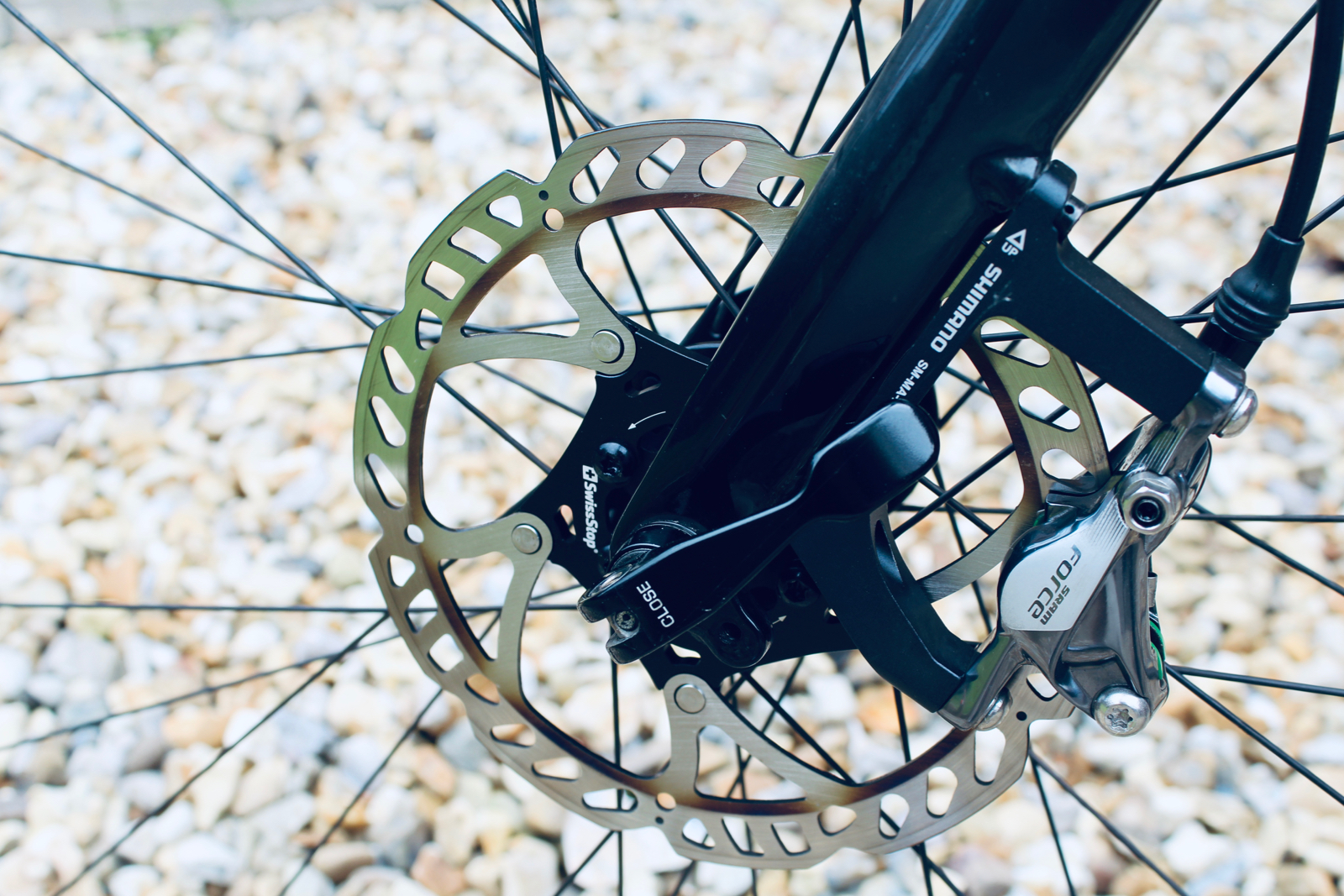BIG IT UP! The 25mm Tyre Takeover!
 BMC Racing, Team Blanco, FDJ, Omega Pharma, Orica-Greenedge,
Argos Shimano, Sky: just some of the teams that were running 25mm tyres this
year. 700c x 23mm is no longer the norm, pro teams are switching up to bigger
profile rubber all over the peloton, with research showing that it can provide
significant gains both in terms of aero-dynamics, grip and comfort.
BMC Racing, Team Blanco, FDJ, Omega Pharma, Orica-Greenedge,
Argos Shimano, Sky: just some of the teams that were running 25mm tyres this
year. 700c x 23mm is no longer the norm, pro teams are switching up to bigger
profile rubber all over the peloton, with research showing that it can provide
significant gains both in terms of aero-dynamics, grip and comfort.
I’ve long been running 25mm tyres on my winter/touring bike
as it helps to cushion the load better, provides a bit more grip, and is less
susceptible to pinch flats when the bike is heavily burdened. However, for
racing I have always used Conti GP4000S tyres with 23mm profiles, or at the
most extreme I tried a 21mm Vittoria for a time trial once. That might no longer
be the case...
The thinking was that the smaller profile tyre has a lower
surface area, so lower rolling resistance and also less weight (rotating
weight as well, so even more significant). 25mm tyres were only to be used on
particularly rough terrain and for heavily laden bikes. New research has proven
this wrong.
 |
| From Schwalbe |
The interesting thing is that the longer flatter profile of
the 21 or 23mm tyre is less rounded than the 25mm profile, which means it doesn't
roll as well. Therefore at the same pressure (say the recommended pressure of
most clincher tyres), there will in fact be less rolling resistance from the
25mm profile than the 23mm profile.
The second factor that comes into play is aerodynamics. In
the pro peloton there is also an increasing tendency to use wide profile rims;
these are considered stronger, but more importantly more aerodynamic. A wider
profile is seen to “roll” through the air better than a thinner profile (think
Zipp Firecrest). To match with these wider rims it is better to use wider
tyres, as it lessens the chance of pinch flats and creates a better join between rim and tyre (less of a curled shape).
Cycling is a sport where every tiny gain counts for
something, and wider tyres and rims are one of those little gains that seem to
have been taken on board. The days of 21mm or even 18mm tyres on racing bikes
are apparently long gone. Certainly for 2014 I am going to be making the
switch, more out of curiosity than anything else. I’ll report back on the blog
to let you know if I have noticed the “marginal gains”.





Comments
Post a Comment